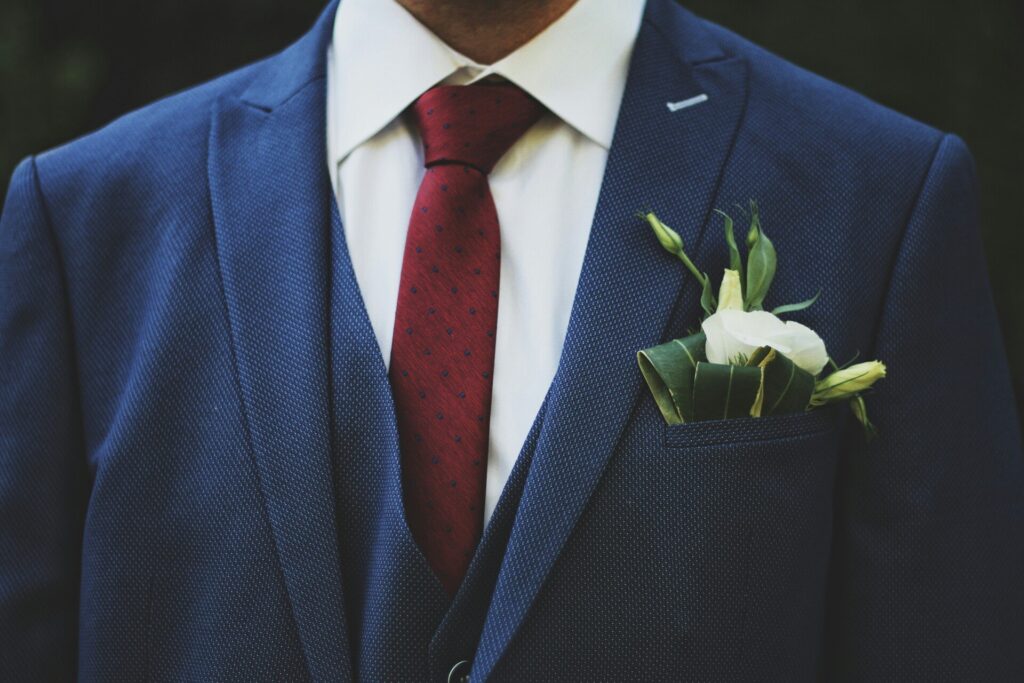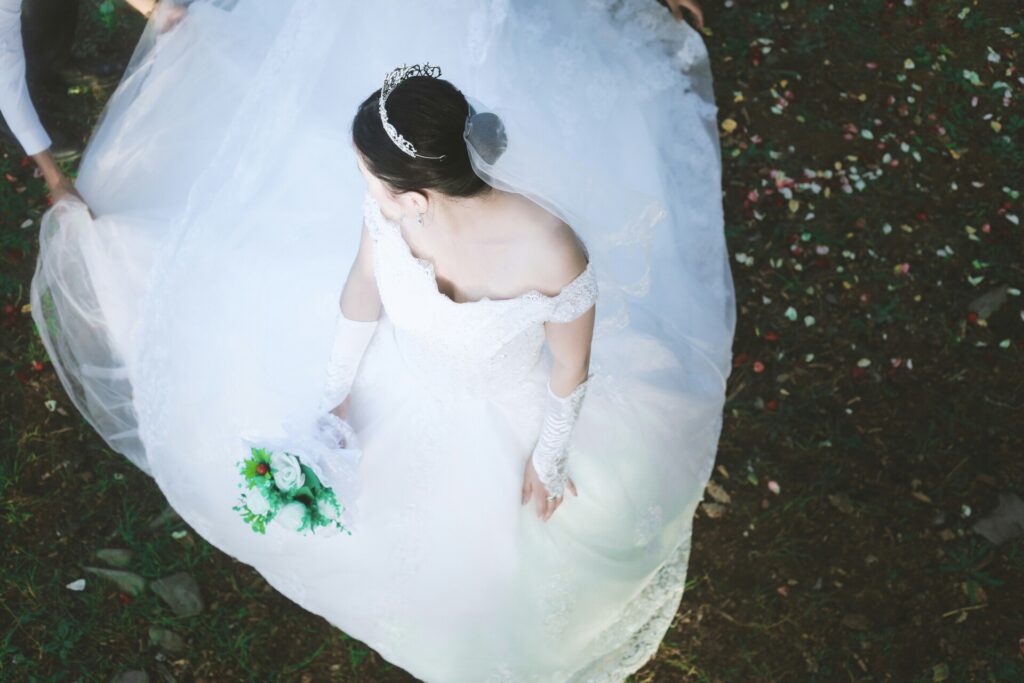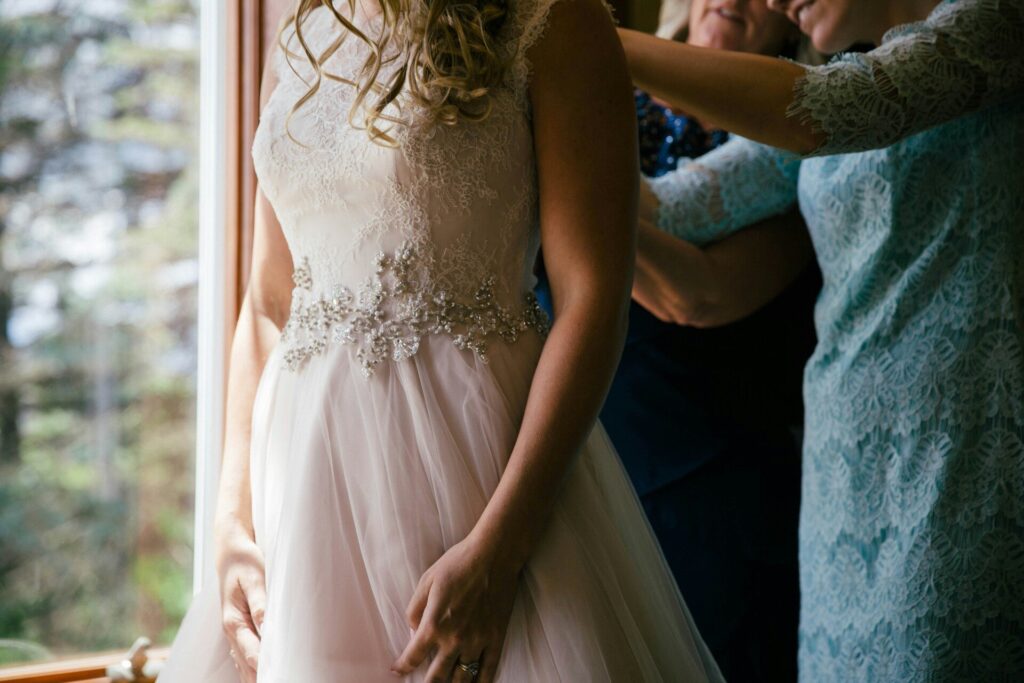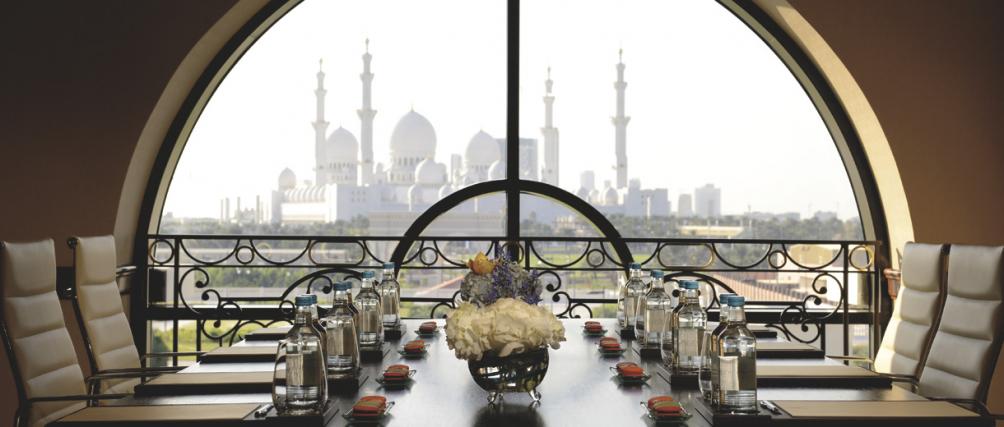Every bride’s journey to her wedding day is unique, enriched by the diverse tapestry of global traditions and cultural customs. From vibrant ceremonies in South Asia to elegant rituals in Europe, brides around the world infuse their celebrations with meaningful symbols and age-old practices. These global wedding traditions not only honor heritage but also add a personalized touch to one of life’s most memorable moments.
Understanding international bridal customs can inspire couples to create ceremonies that reflect their shared values and backgrounds. Whether incorporating traditional attire, unique rituals, or festive celebrations, each culture offers a distinctive way to celebrate love and union. Join us as we explore the fascinating world of bride traditions by country, uncovering the rich diversity that makes every wedding story special.
Cultural Wedding Celebrations: Symbolism and Significance
Cultural wedding celebrations are rich with symbolism, each element carefully chosen to signify aspects of the couple’s journey and future together. In Chinese weddings, the color red is predominant, symbolizing good luck and happiness. The bride may carry a red wedding dress and a red veil, and the couple might exchange red envelopes filled with money as a sign of prosperity. In Jewish weddings, the breaking of the glass by the groom symbolizes the fragility of relationships and serves as a reminder to cherish one another. These cultural wedding celebrations are not just about aesthetics but also about embedding deeper meanings into the union, ensuring that the ceremony resonates on both a personal and communal level.

Wedding rituals around the world vary greatly, each offering a unique way to celebrate the bond between two people. In Nigeria, the “dower” ceremony involves negotiations and the groom presenting gifts to the bride’s family, symbolizing respect and commitment. In Greece, the “Stefana” ceremony includes the crowning of the couple with floral crowns, representing their new roles as partners. Meanwhile, in Sweden, the bride and groom may jump over a broomstick together, a tradition borrowed from early American settlers, symbolizing the start of their new life. These wedding rituals worldwide reflect the universal desire to commemorate love and commitment, each adding its distinct flavor to the celebration.
Tips for Incorporating Global Traditions into Your Wedding
Incorporating global traditions into your wedding can add depth and uniqueness to your celebration. Here are some tips to help you seamlessly blend different cultural elements:
- Research and Respect: Take the time to understand the significance of each tradition you want to incorporate. This ensures that you honor the culture appropriately and meaningfully.
- Consult with Family: Discuss your plans with family members who are familiar with the traditions you wish to include. Their input can provide valuable insights and help avoid cultural missteps.
- Personalize the Traditions: Adapt traditional elements to fit your personal style and preferences. This makes the rituals more meaningful and relevant to your relationship.
- Hire Experts: Consider hiring a cultural consultant or a wedding planner experienced in multicultural weddings to guide you through the process and ensure everything is executed smoothly.
- Blend Attire and Decor: Combine traditional and modern attire for both the bride and groom, and use decor elements from different cultures to create a harmonious and visually appealing setup.
By thoughtfully incorporating global traditions, you can create a wedding that is not only beautiful but also rich in meaning and diversity.
Multicultural Wedding Ideas: Blending Traditions
Multicultural weddings offer a beautiful opportunity to blend traditions from different backgrounds, creating a unique and inclusive celebration. These weddings honor the diverse heritage of both the bride and groom, allowing each culture to shine and coexist harmoniously. One idea for a multicultural wedding is to combine traditional attire from both cultures. For instance, the bride might wear a traditional white gown for part of the ceremony and a cultural dress for another segment, while the groom could mix elements from both of their customary outfits.
Incorporating various cultural rituals is another wonderful way to celebrate diversity. This could include blending ceremonies, such as combining a handfasting ritual from one culture with a sand ceremony from another. These combined rituals symbolize the union of different traditions and the creation of a new, shared identity.Food is a central element of any wedding, and a multicultural wedding provides an excellent opportunity to offer a diverse menu that reflects the culinary traditions of both cultures. Guests can enjoy a variety of dishes, enhancing the celebratory atmosphere and providing a taste of different heritages.

Music and entertainment can also showcase cultural diversity. Incorporating traditional music, dance performances, or even fusion bands that blend different musical styles can add a lively and engaging element to the reception. Decorating with cultural symbols, colors, and motifs can further enhance the multicultural theme. Whether it’s incorporating specific flowers, fabrics, or decorative elements, these details help create a cohesive and visually stunning celebration that honors both cultures.
Bride Traditions by Country: Unique Customs
Each country has its own unique customs and traditions that brides follow to make their wedding day special. These traditions often reflect the cultural values and historical practices of the region, adding a distinctive flavor to the celebration.
In Italy, brides often wear a wedding tiara or a garland of flowers, symbolizing purity and grace. The reception may include traditional Italian foods like pasta and tiramisu, as well as lively tarantella music and dancing. The “Confetti,” or sugared almonds, are given to guests as a symbol of fertility and prosperity.
In Scotland, the bride might wear a tartan sash that represents her family’s clan. The groom may wear a kilt in the same pattern, symbolizing unity and shared heritage. Scottish weddings often feature bagpipe music, ceilidh dancing, and the “Handfasting” ceremony, where the couple’s hands are tied together with a ribbon to signify their bond.
In Nigeria, brides wear vibrant traditional attire such as the “gele,” a large head wrap, and the “aso ebi,” matching outfits worn by the wedding party. The ceremony is filled with colorful decorations, energetic music, and lively dancing, reflecting the joyful spirit of Nigerian culture.

In Russia, the bride may wear a “sarafan,” a traditional dress, and the wedding may include the “Ransom of the Bride,” a playful ritual where the groom must perform tasks to “win” the bride from her friends or family. Russian weddings are known for their abundance of food, music, and festive celebrations that can last for several days.
Understanding bride traditions by country can provide valuable insights and inspiration for incorporating unique elements into your own wedding, making it a personalized and memorable occasion.
Comparison of Bride Traditions by Country
| Country | Traditional Attire | Key Rituals | Symbolism |
|---|---|---|---|
| India | Sari or Lehenga | Saptapadi, Baraat | Seven vows, family union |
| Scotland | Tartan Sash | Blackening, first dance | Resilience, unity |
| China | Qipao or Cheongsam | San San Kudo, hair combing | Good luck, transition |
| Mexico | White Dress with Embroidery | Lazo Ceremony, Mariachi Music | Eternal love, festivity |
| Japan | Shiromuku or Iro-uchikake | San San Kudo, sake sharing | Purity, bonding |
| Greece | White Dress with Stefana | Crowning with flowers, jumping the broom | Partnership, new beginnings |
What is Important to Know About Brides’ Celebrations
Understanding the significance of various bridal customs is essential for creating a meaningful wedding celebration. Each tradition carries its own history and symbolism, reflecting the values and beliefs of the culture it originates from. For brides, incorporating these elements can deepen the emotional resonance of their wedding day, making it a true reflection of their identity and heritage.
It is important to respect and honor these customs, whether you are adopting them from your own culture or embracing those of your partner. Additionally, communication with family members and wedding planners can ensure that the traditions are integrated smoothly and authentically. By being mindful of the roots and meanings behind each tradition, brides can craft ceremonies that are both beautiful and significant. Embracing traditions from around the world can transform your wedding day into a vibrant and meaningful celebration. From the colorful ceremonies of Thai brides to the nature-inspired weddings of Costa Rican wives, each culture offers unique elements that can inspire and enrich your own special day.

Whether you choose to incorporate specific rituals, blend different cultural customs, or simply draw inspiration from international bridal traditions, the key is to create a wedding that reflects your love story and honors your heritage. By celebrating your big day with these diverse and beautiful traditions, you not only create lasting memories but also pay tribute to the rich tapestry of cultures that make our world so wonderfully diverse.








